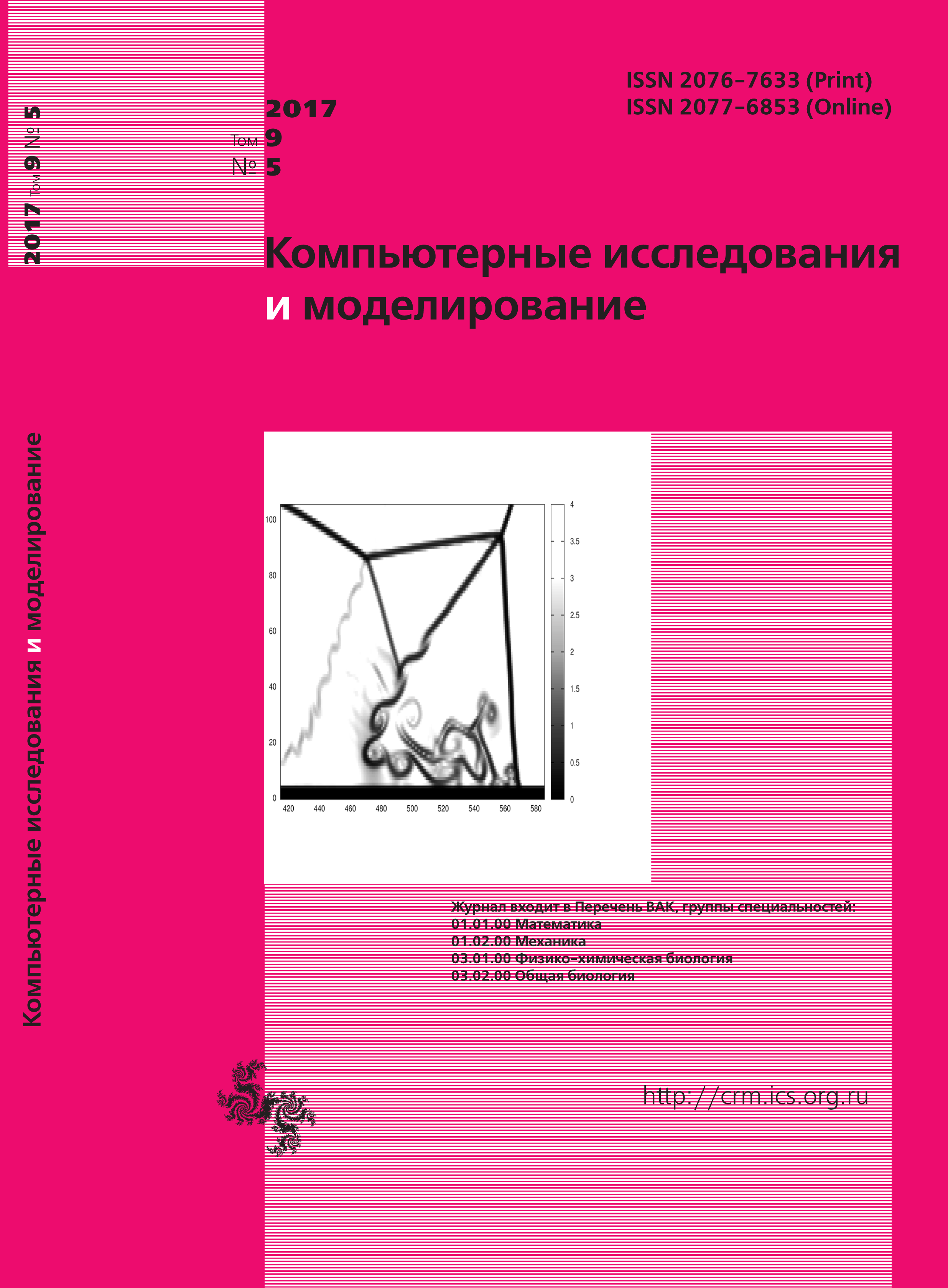All issues
- 2024 Vol. 16
- Issue 1 (special issue)
- 2023 Vol. 15
- 2022 Vol. 14
- 2021 Vol. 13
- 2020 Vol. 12
- 2019 Vol. 11
- 2018 Vol. 10
- 2017 Vol. 9
- 2016 Vol. 8
- 2015 Vol. 7
- 2014 Vol. 6
- 2013 Vol. 5
- 2012 Vol. 4
- 2011 Vol. 3
- 2010 Vol. 2
- 2009 Vol. 1
Identification of a controlled object using frequency responses obtained from a dynamic neural network model of a control system
We present results of a study aimed at identification of a controlled object’s channels based on postprocessing of measurements with development of a model of a multiple-input controlled object and subsequent active modelling experiment. The controlled object model is developed using approximation of its behavior by a neural network model using trends obtained during a passive experiment in the mode of normal operation. Recurrent neural network containing feedback elements allows to simulate behavior of dynamic objects; input and feedback time delays allow to simulate behavior of inertial objects with pure delay. The model was taught using examples of the object’s operation with a control system and is presented by a dynamic neural network and a model of a regulator with a known regulation function. The neural network model simulates the system’s behavior and is used to conduct active computing experiments. Neural network model allows to obtain the controlled object’s response to an exploratory stimulus, including a periodic one. The obtained complex frequency response is used to evaluate parameters of the object’s transfer system using the least squares method. We present an example of identification of a channel of the simulated control system. The simulated object has two input ports and one output port and varying transport delays in transfer channels. One of the input ports serves as a controlling stimulus, the second is a controlled perturbation. The controlled output value changes as a result of control stimulus produced by the regulator operating according to the proportional-integral regulation law based on deviation of the controlled value from the task. The obtained parameters of the object’s channels’ transfer functions are close to the parameters of the input simulated object. The obtained normalized error of the reaction for a single step-wise stimulus of the control system model developed based on identification of the simulated control system doesn’t exceed 0.08. The considered objects pertain to the class of technological processes with continuous production. Such objects are characteristic of chemical, metallurgic, mine-mill, pulp and paper, and other industries.
Indexed in Scopus
Full-text version of the journal is also available on the web site of the scientific electronic library eLIBRARY.RU
The journal is included in the Russian Science Citation Index
The journal is included in the RSCI
International Interdisciplinary Conference "Mathematics. Computing. Education"







